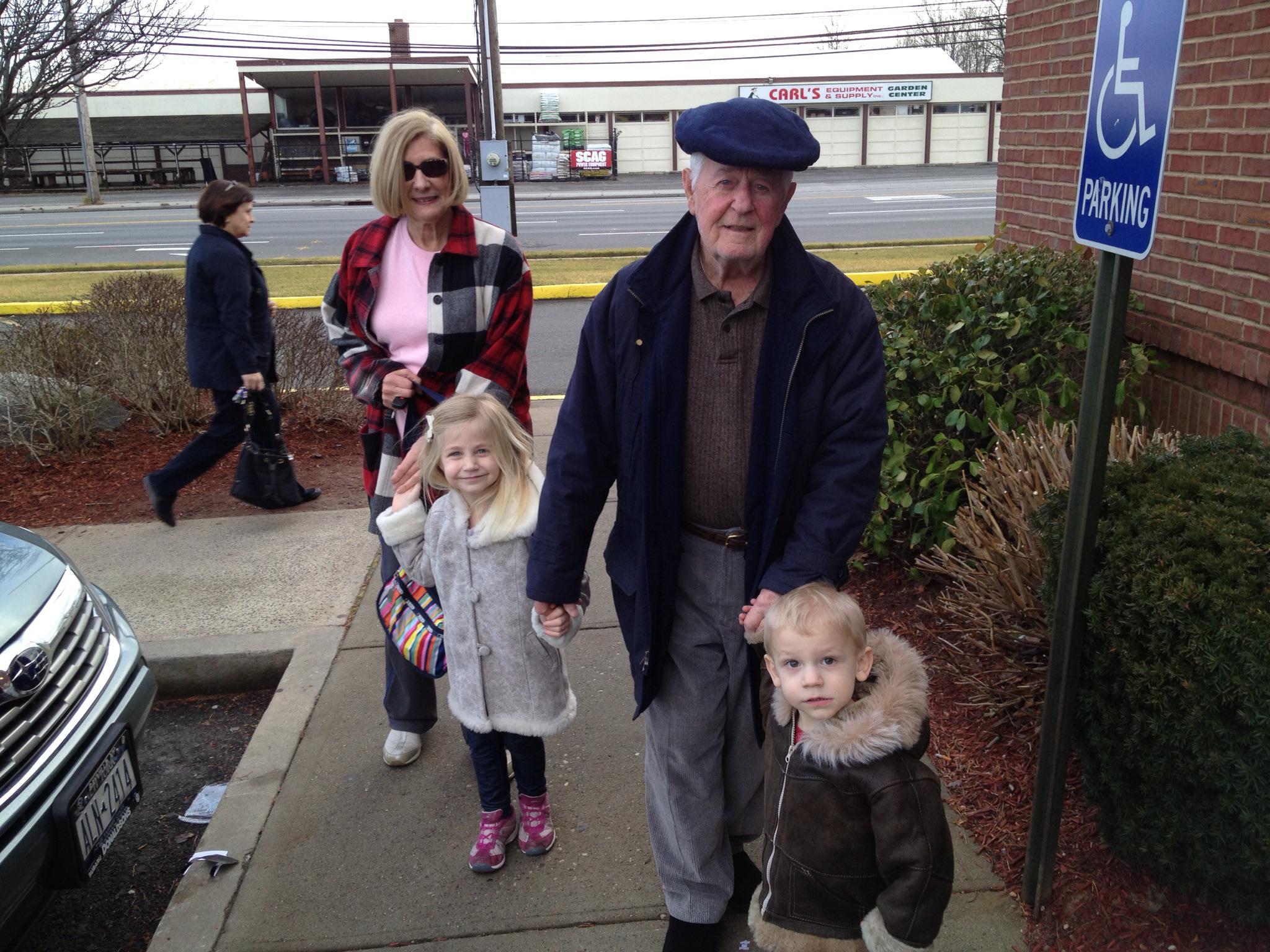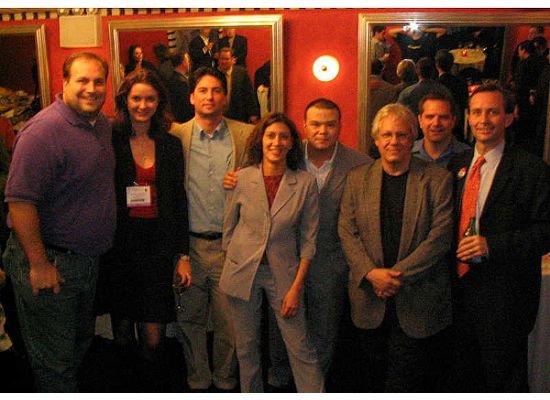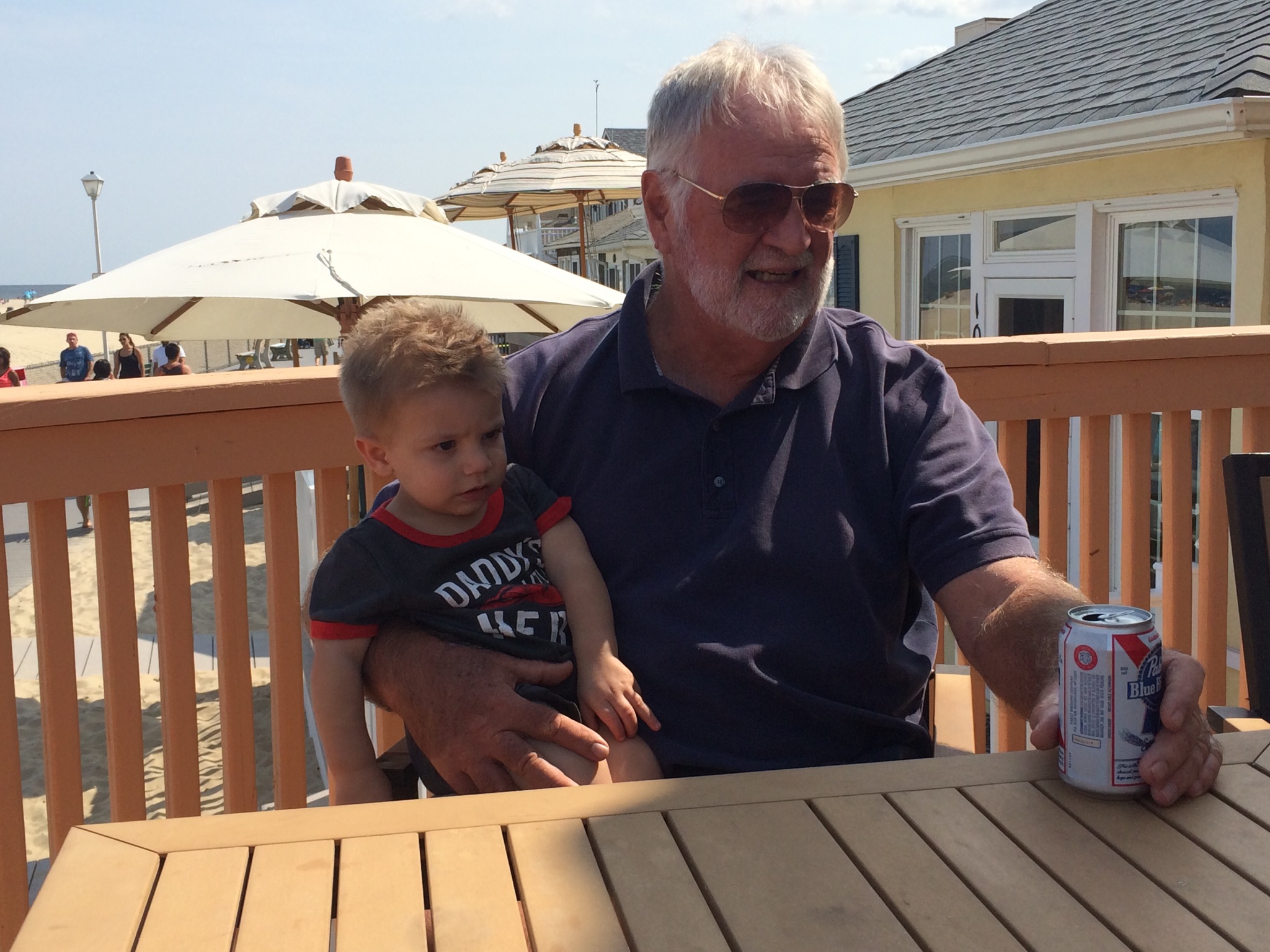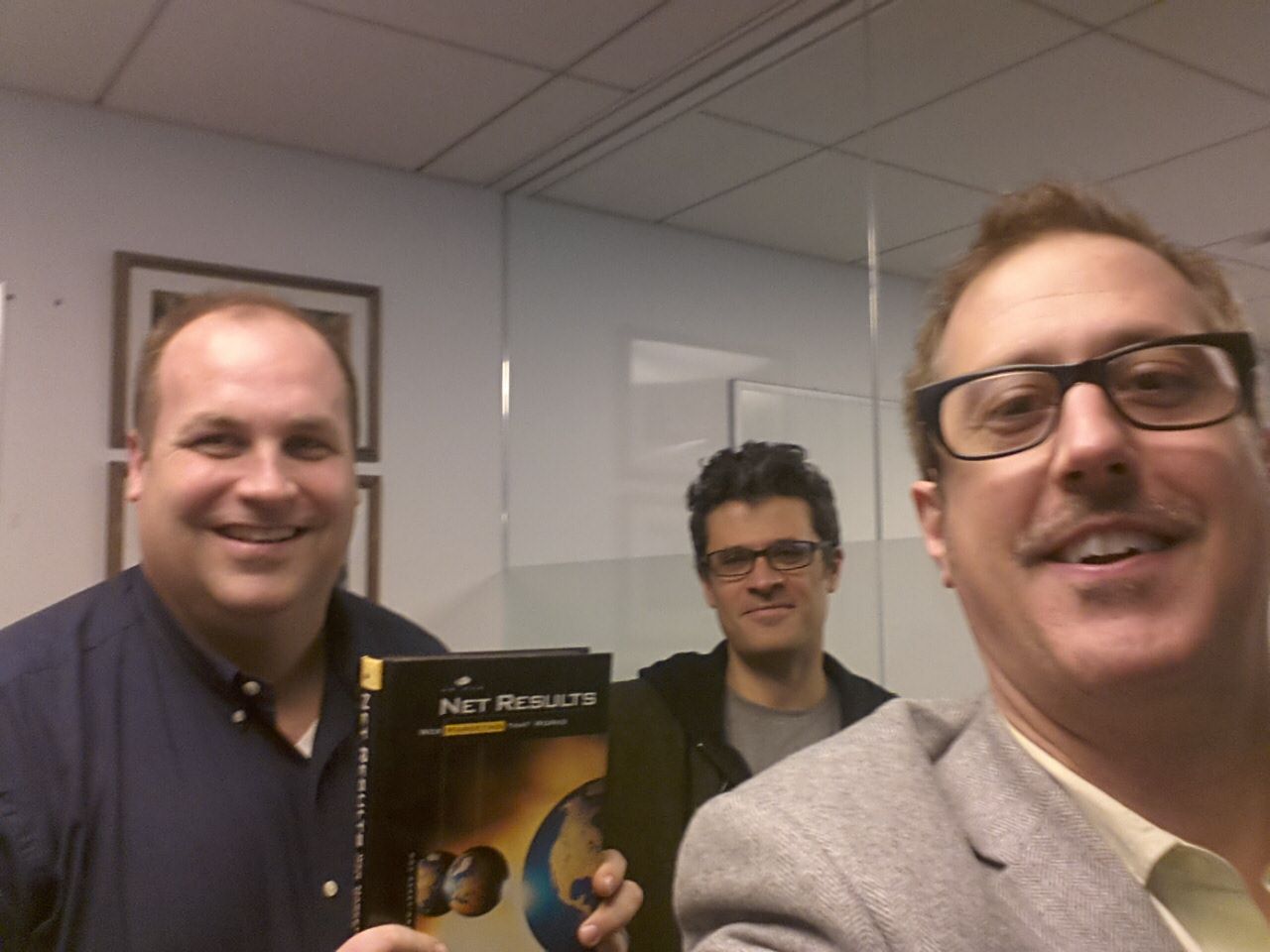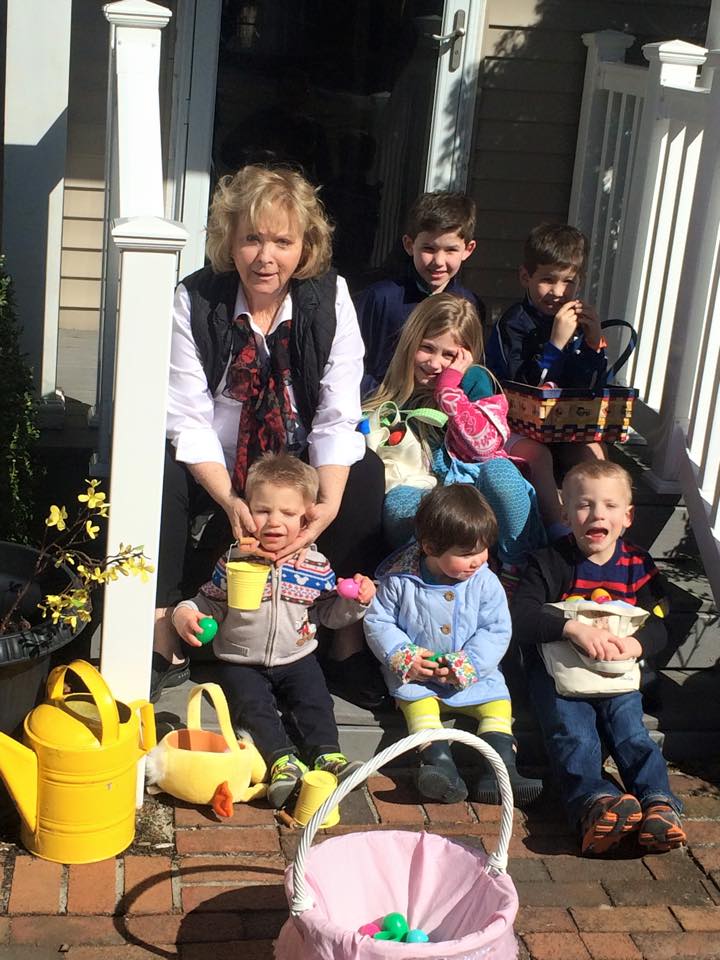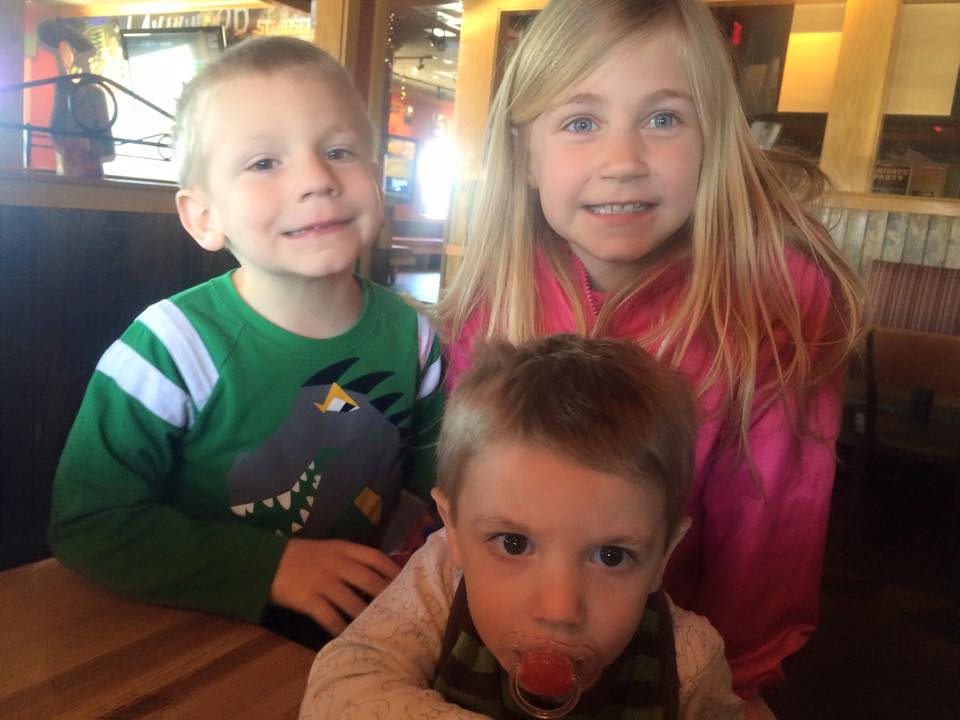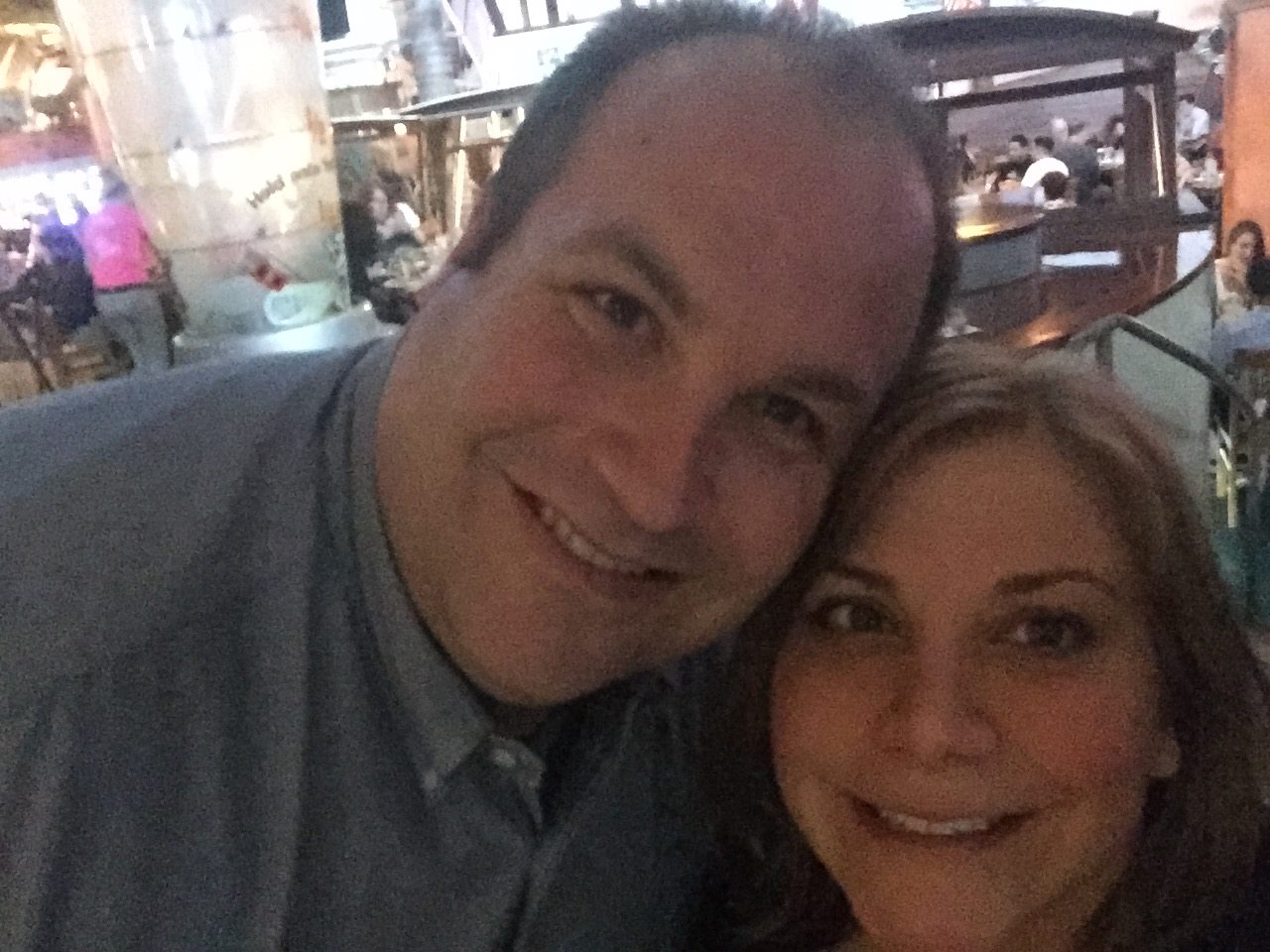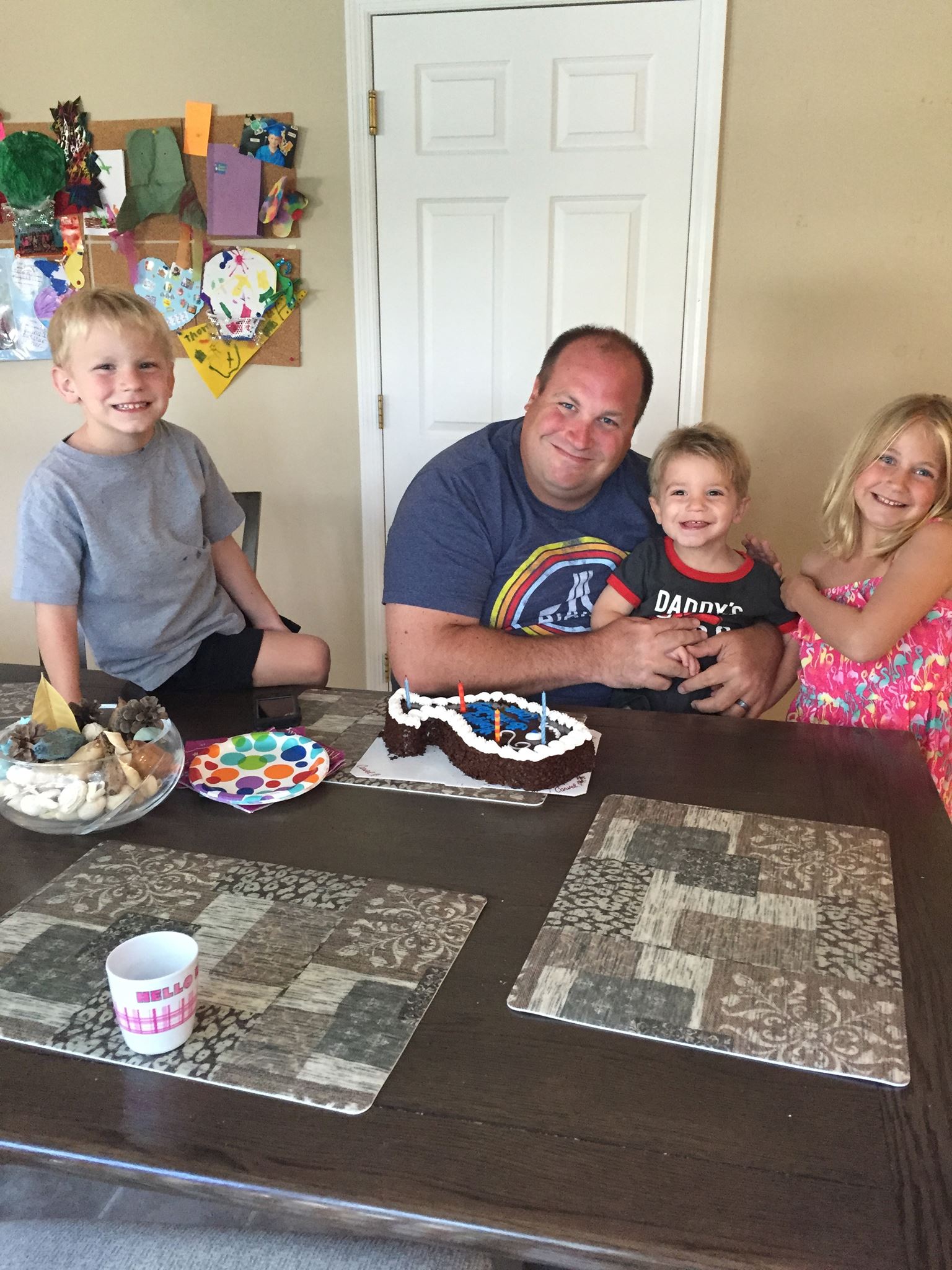Conversational Marketing Tide Turning
/Brad Berens interviews Northwestern Professor Emeritus Don Schultz about a few topics of interest. On his blog, Brad points out that Schultz understands how far ahead of mainstream marketers the social media players are. True dat. One of my favorite parts of the interview:
Well, the real issue that marketing, all marketing, struggles with today is that by and large all marketing organizations were designed to push things out. We made things; we pushed them out into the marketplace. We wanted to communicate with people; we pushed out advertising. We wanted to incent them in some way; we pushed out sales promotion. So, marketing essentially, has been a linear process, starting with the marketer pushing it out into the marketplace.
So Schultz obviously "gets it" in the sense that he realizes pushing out more "buy my crap" isn't the solution.
Here's the payoff, IMHO:
Now, you have to understand that marketing organizations are designed to talk. They have never been designed to listen. So, when you start talking about dialogue, and interactivity, and you start talking about things like social networks, and that sort of thing, the marketing organizations have no way to deal with that, because they have always been outbound, and linear, and all designed to push communication out, and never really ever looked at, or listened to, customers historically. So, that creates a big problem.
This is the biggest problem we run into when we pitch Conversational Marketing to clients. They're not sure whether they can commit because they can't fathom the depth of the commitment to dialogue. "How many people am I going to have to hire?" is a common question. So is "How can I be reassured that this scales?"
Often, it's a tough question for us to answer, which is why we have one of the steps in our process. We'll do an audit of potential resources for an organization, so that a company can turn to people in the organization who already blog, or who already are familiar with the ground rules for online communities and online conversation. From there, a clearer picture emerges as to what it will take to make sure people are listening and responding appropriately.
